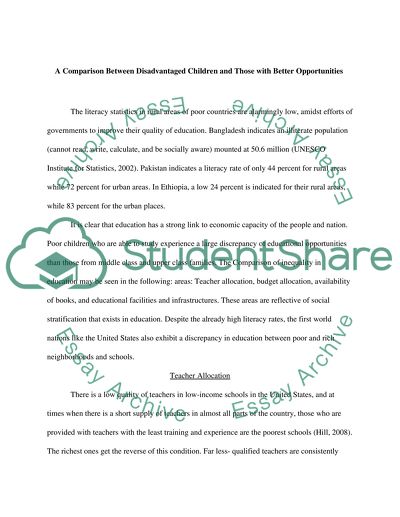Cite this document
(“Uneven distribution of education through the conflict perspective Essay”, n.d.)
Retrieved from https://studentshare.org/education/1499134-uneven-distribution-of-education-through-the-conflict-perspective
Retrieved from https://studentshare.org/education/1499134-uneven-distribution-of-education-through-the-conflict-perspective
(Uneven Distribution of Education through the Conflict Perspective Essay)
https://studentshare.org/education/1499134-uneven-distribution-of-education-through-the-conflict-perspective.
https://studentshare.org/education/1499134-uneven-distribution-of-education-through-the-conflict-perspective.
“Uneven Distribution of Education through the Conflict Perspective Essay”, n.d. https://studentshare.org/education/1499134-uneven-distribution-of-education-through-the-conflict-perspective.


